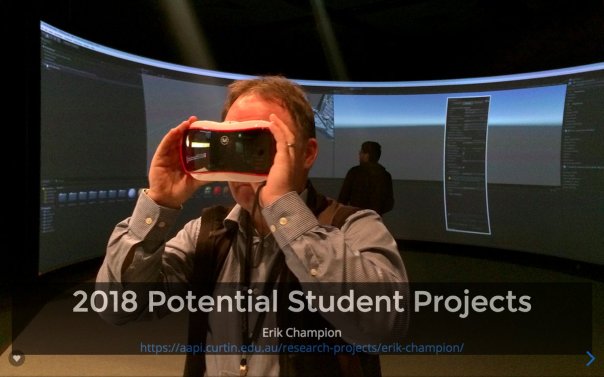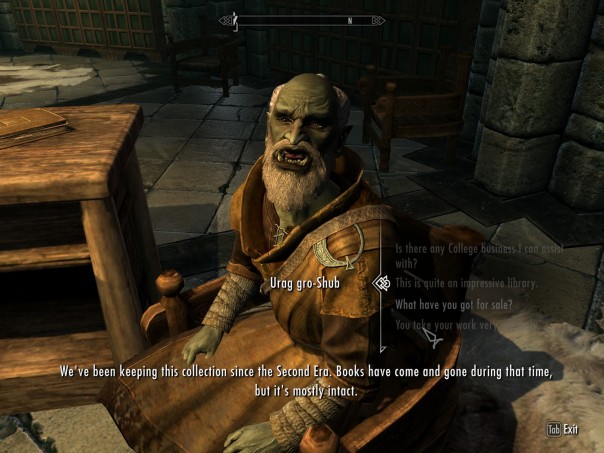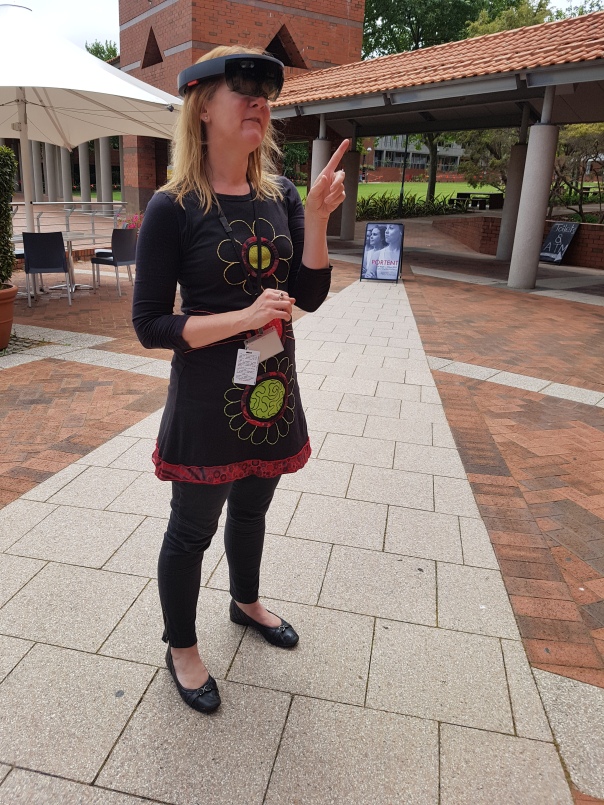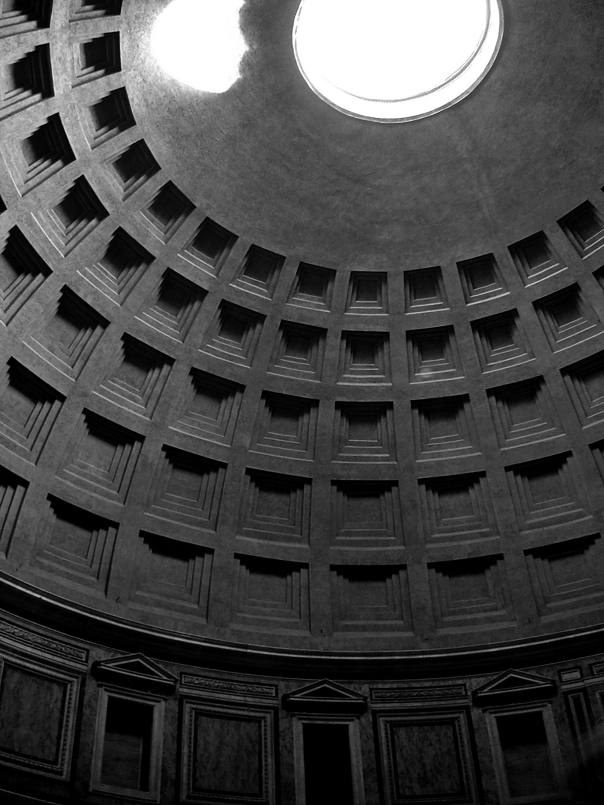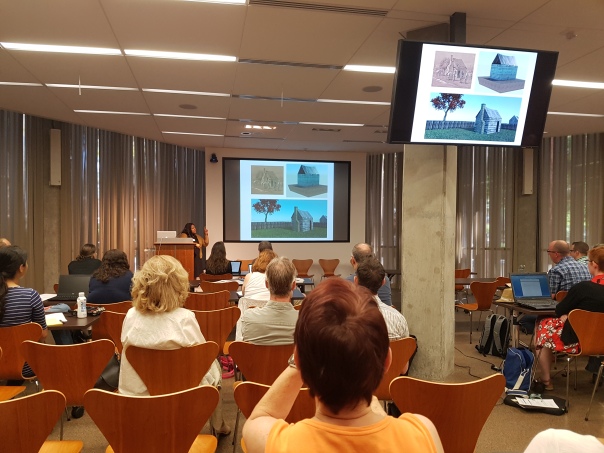For those interested in the above, please keep Friday 27 July 2018, open for an all-day free event in Perth.
We will be inviting speakers to talk on Australia-specific cultural issues and digital (geo) projects in relation to the above event.
More details to follow shortly and announced via http://commons.pelagios.org/:
So there is an Australian working group for Pelagios – Linked Open Data. We will run an event on 27 July at Curtin. News to follow.
Australia LAMLOD Group: led by Erik Champion (UNESCO Chair of Cultural Visualisation and Heritage, Curtin University) and Susan Fayad (City of Ballarat), this WG seeks to address the problem of linking materials between academic research and cultural heritage in an Australian context. This is not so much about extending Pelagios linked data practice to an entirely new continent, though that is important; the problem this WG seeks to address is the multi-layered and contentious representation of cultural heritage, namely: the vast scale of Australian landscapes and historic journeys; the local and highly specific Aboriginal ways of describing, navigating and experiencing the landscapes with hundreds of different languages; and the specific problem of integrating UNESCO designated built and natural heritage with its surrounding ecosystems. The LAMLOD WG will create landscape data and visualisation displays, investigate related cultural artefact knowledge (Indigenous and colonial), and build towards the integration of linked open data and 3D models.

